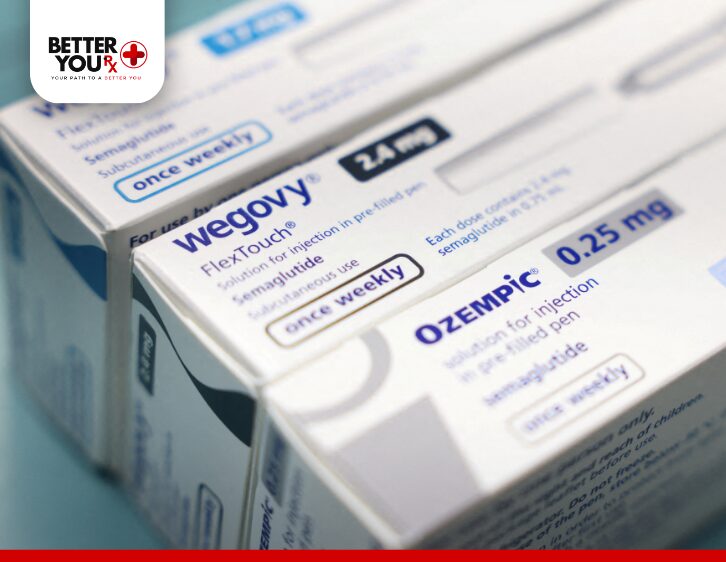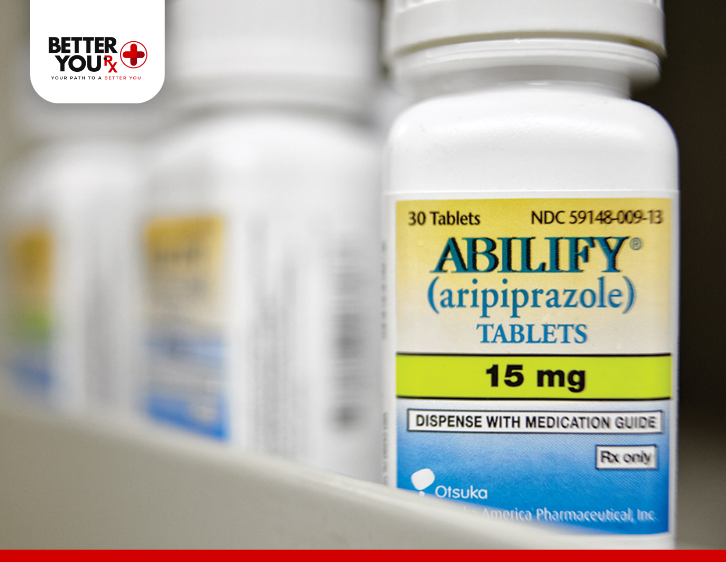Eliquis (apixaban) is a commonly prescribed medication used to reduce the risk of blood clots, stroke, and other cardiovascular complications. If you’ve been prescribed this blood thinner, you may be wondering how to manage your diet and supplements to ensure the medication is as effective as possible. The key to successfully managing your health while on Eliquis lies in understanding how certain foods and supplements can interact with the medication. Let’s dive into everything you need to know about Eliquis, including the foods and supplements you should avoid, and how to safely incorporate lifestyle changes.
What is Eliquis (Apixaban) and Why is it Prescribed?
Before diving into dietary restrictions, let’s first take a look at what Eliquis is and why it’s prescribed. Eliquis is an oral anticoagulant, or blood thinner, that helps prevent blood clots by inhibiting a specific clotting factor called Factor Xa. It is prescribed to individuals with conditions like:
- Atrial fibrillation (AFib) – A heart condition that increases the risk of stroke.
- Deep vein thrombosis (DVT) – A condition where blood clots form in the deep veins, often in the legs.
- Pulmonary embolism (PE) – A condition where a blood clot breaks loose and travels to the lungs, causing a blockage.
Eliquis works by disrupting the clotting process, which lowers the likelihood of dangerous clots forming in your bloodstream. However, because it alters the natural clotting process, it’s crucial to avoid anything that could either intensify its effect (leading to excessive bleeding) or diminish its effectiveness.
How Can Diet Affect Eliquis?

One of the unique features of Eliquis, compared to older blood thinners like warfarin, is that it has fewer dietary restrictions. However, this doesn’t mean that any food is safe to consume without caution. Certain foods can interfere with how Eliquis works and potentially affect your health in the long term. Let’s explore which foods to avoid and the reasons behind it.
1. Grapefruit and Grapefruit Juice
Have you ever heard that grapefruit can interfere with medications? Well, when it comes to Eliquis, grapefruit is one of the foods to avoid. Grapefruit contains compounds that can inhibit the enzymes in your liver responsible for metabolizing certain medications, including Eliquis. This can result in higher-than-intended levels of Eliquis in your bloodstream, increasing your risk of bleeding.
If you love grapefruit, does that mean you have to give it up entirely? Not necessarily. But you should consider limiting your consumption or discussing it with your healthcare provider.
2. High-Vitamin K Foods
While foods rich in vitamin K aren’t as much of a concern with Eliquis as they are with warfarin, you still need to be mindful of them. Vitamin K plays a critical role in blood clotting, and high levels can interfere with how your body manages bleeding. Foods like kale, spinach, collard greens, broccoli, and Brussels sprouts are all rich in vitamin K. While you don’t have to avoid them completely, you should aim for consistency in your intake to prevent fluctuations that might interfere with your treatment.
Why is consistency so important? If you eat large amounts of high-vitamin K foods one day and very little the next, it can disrupt the balance of how your body processes the medication. Keeping your vitamin K intake stable ensures that Eliquis works effectively.
3. Alcohol
Does alcohol increase the risk of bleeding while on blood thinners? The short answer is yes. Alcohol can thin the blood and potentially enhance the effects of Eliquis, leading to an increased risk of bleeding. Additionally, excessive alcohol consumption can cause dehydration, liver damage, and irregular heart rhythms, all of which can complicate your treatment. If you choose to drink, moderation is key.
How much is too much? While the general guideline suggests no more than one or two drinks per day, it’s always best to check with your healthcare provider about the ideal alcohol intake for you.
4. Cranberry Juice
You may be familiar with cranberry juice’s health benefits, particularly for urinary tract infections. But when it comes to Eliquis, cranberry juice could potentially increase the levels of the medication in your blood, thus raising the risk of bleeding. As with grapefruit, moderation is crucial, and it’s best to consult your doctor before consuming large amounts of cranberry juice.
5. Caffeine
While caffeine in moderate amounts may not interact directly with Eliquis, excessive caffeine consumption can lead to an increased heart rate, which could, in turn, complicate cardiovascular conditions. If you have a heart condition or you’re already taking Eliquis, it’s best to avoid too much coffee, energy drinks, or other sources of caffeine.
What Supplements Should Be Avoided on Eliquis?

Your diet isn’t the only thing that can interact with Eliquis. Certain supplements can also have adverse effects when taken alongside blood thinners. Let’s explore which ones you should avoid:
1. Vitamin E
While Vitamin E is often used as an antioxidant supplement, it also has mild blood-thinning effects. Taking high doses of Vitamin E while on Eliquis could increase your risk of bleeding. It’s essential to consult your doctor before taking Vitamin E supplements, especially if you’re already taking a multivitamin.
2. Fish Oil and Omega-3 Supplements
Fish oil and omega-3 fatty acids, often taken for their cardiovascular benefits, have mild blood-thinning properties. This means that when combined with Eliquis, they may amplify the blood-thinning effects and increase the risk of bleeding. While consuming omega-3-rich foods like salmon is generally safe in moderation, it’s best to avoid high-dose fish oil supplements without consulting your healthcare provider.
3. Ginkgo Biloba
Ginkgo biloba is a popular herbal supplement often used to enhance memory and cognitive function. However, it also has anticoagulant properties, which could lead to an increased risk of bleeding when taken alongside Eliquis. If you are considering ginkgo biloba for its health benefits, it’s crucial to speak to your doctor first.
4. Garlic Supplements
Garlic has natural blood-thinning properties, which can be beneficial for heart health in moderation. However, when taken in supplement form, especially in high doses, it can enhance the effects of Eliquis, increasing the risk of bleeding. It’s advisable to limit garlic supplements or discuss their use with your doctor.
5. Turmeric
Turmeric is often praised for its anti-inflammatory properties, but it also acts as a natural anticoagulant. When combined with blood thinners like Eliquis, it can raise the risk of bleeding. If you’re using turmeric for its health benefits, consider discussing its use with your healthcare provider.
Can I Still Take My Supplements and Enjoy My Favorite Foods?
Absolutely! The key is consistency and moderation. You don’t need to completely eliminate any of the foods or supplements mentioned above, but you do need to manage your intake to ensure that you’re not inadvertently increasing your risk of bleeding or reducing the effectiveness of your treatment. Here are some tips to help you stay safe while enjoying a balanced lifestyle:
- Monitor your intake of foods rich in vitamin K, like leafy greens. Try to keep your consumption consistent from day to day.
- Consult your doctor before starting any new supplement regimen to ensure there are no dangerous interactions with Eliquis.
- Keep a food and supplement diary to track what you’re consuming and share it with your healthcare provider at your next appointment.
- Use moderation when it comes to alcohol, caffeine, and cranberry juice. Excessive consumption could interfere with your treatment.
What Steps Should I Take if I Notice Unusual Symptoms?

If you experience any unusual symptoms, such as excessive bruising, unexplained bleeding, or dark stools, it could be a sign that Eliquis is interacting with something in your diet or supplements. In such cases, it’s essential to contact your healthcare provider immediately. Early intervention can help prevent more serious complications.
In Conclusion: Managing Eliquis With Diet and Supplements
Managing your diet and supplements while taking Eliquis doesn’t have to be complicated. By avoiding certain foods and supplements, maintaining consistency in your intake, and regularly consulting with your healthcare provider, you can reduce the risk of bleeding and ensure that your medication works as intended.
Are you still unsure about what you should or shouldn’t consume while on Eliquis? It’s always a good idea to keep an open line of communication with your doctor and pharmacist. They can help you navigate your treatment plan and make sure that your health remains in top shape.
At Better You Rx, we provide the resources you need to safely manage your medications, and we’re here to support you on your journey to better health. Contact us today to learn more about Eliquis or other medication-related questions you might have!








































